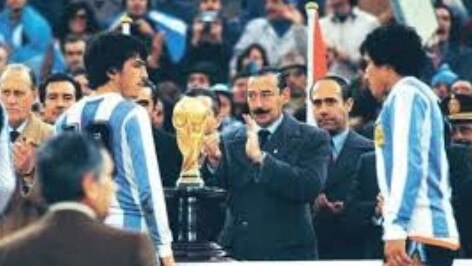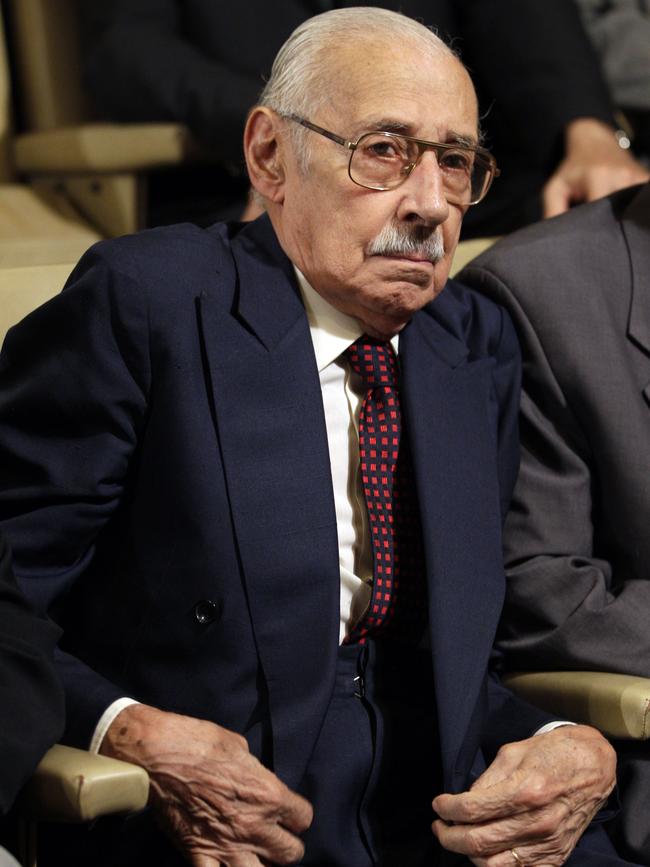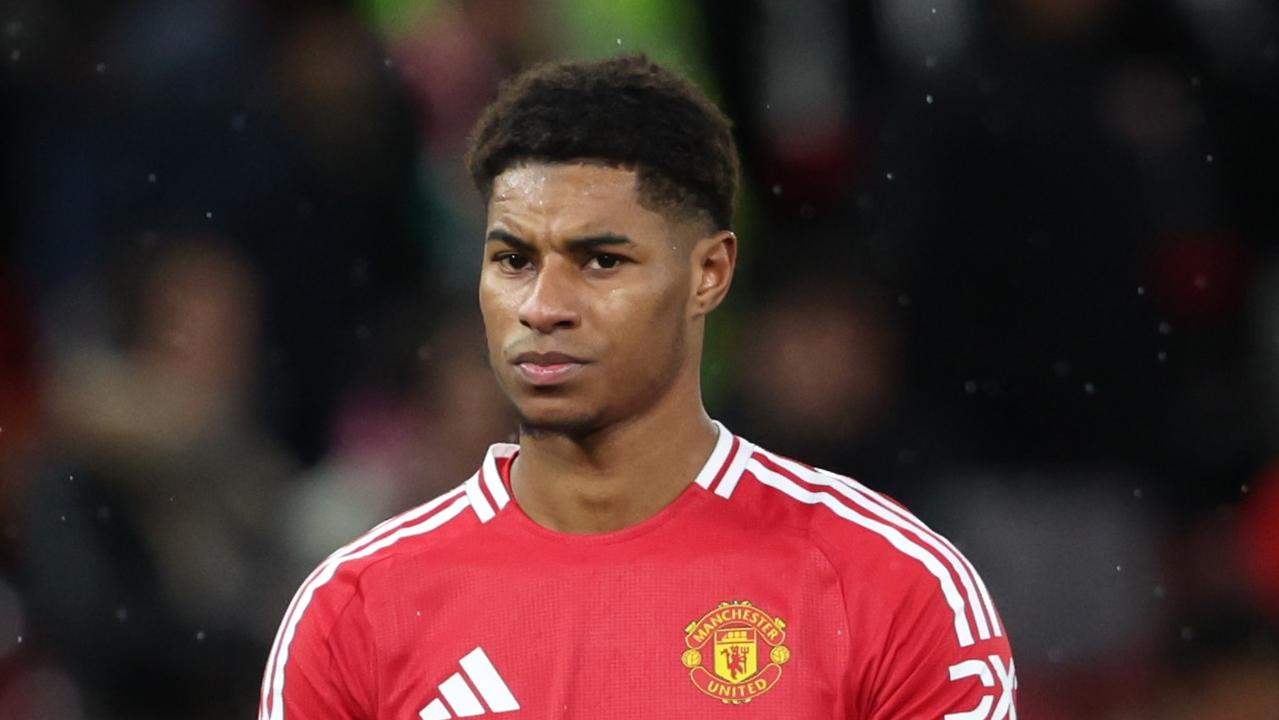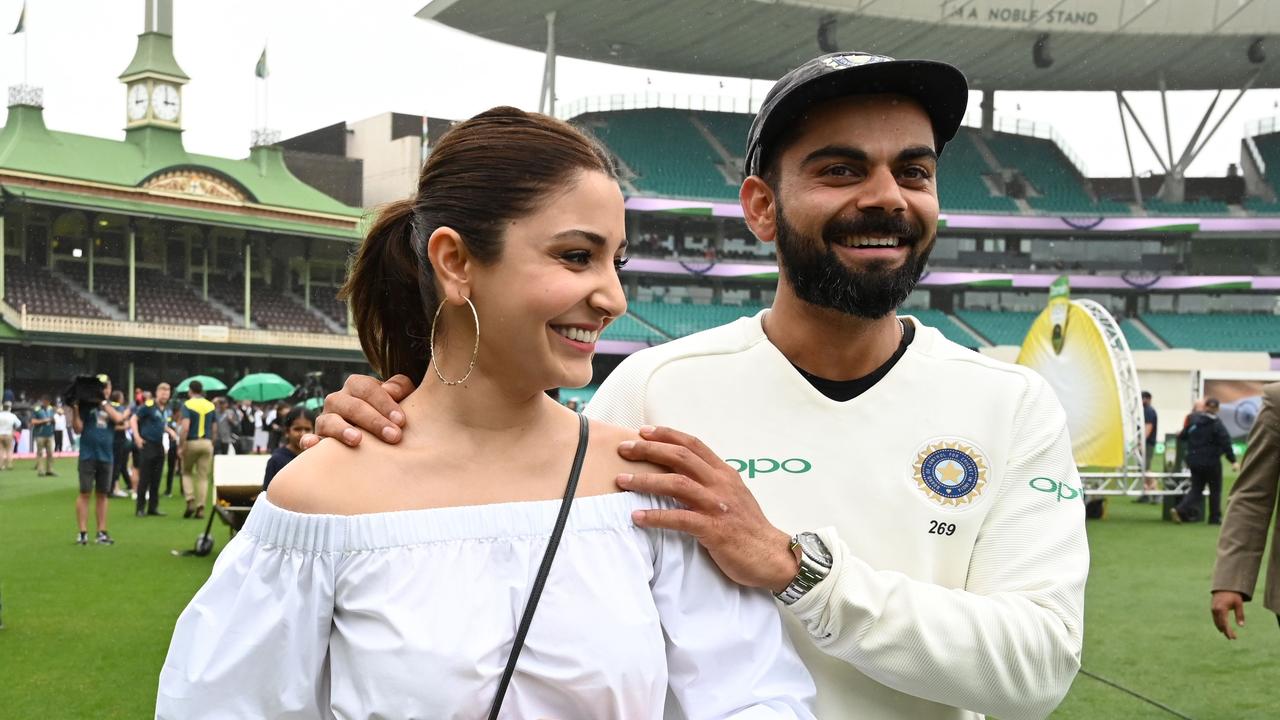The rugby players of La Plata whose stance cost them their lives
Sometimes you come across a story so powerful and shocking that you wonder how you had never heard it before.

Sometimes you come across a story so powerful and shocking that you wonder how you had never heard it before. The decimation of a leading rugby club by state torture and murder could hardly fail to leap out as worthy of closer investigation.
At a time when we are busily discussing sport’s place around political issues and athletes’ involvement in important social causes, the sacrifice of these rugby players seemed particularly resonant.
Discovering more felt even more necessary having spoken to Claudio Gomez, an Argentine journalist and author of Maten al Rugbier (Kill the Rugby Player), the definitive book about the disappearance of 20 players from La Plata, one of the country’s main rugby clubs, because of their left-wing activism.
“The UAR (Argentine Rugby Union) never made a tribute or recognition for the missing rugby players,” Gomez explained via email this week from Buenos Aires. “More than 40 years passed and rugby never recognised its victims.”
Even in Argentina their disappearance among the thousands of the “desaparecidos” – 15 of the 20 dead players have never been accounted for – is something that he strongly feels the sporting community neglects.
To understand more, we have to take ourselves to the tumult of Argentina under Isabel Peron, third wife of Juan Peron, who served as president between 1974 and 1976 before she was ousted in a right-wing military coup.
We must also transport ourselves to the clubhouse of this rugby team in La Plata, the coastal city that is a short drive from Buenos Aires, where middle-class and left-leaning athletes gathered to play but also to discuss their politics and active resistance.
Some of these men modelled themselves as a latter-day Che Guevara as well as keen sportsmen.
“In 1973 and 1974 they had put together a great team with great players,” Gomez explains, noting that La Plata was becoming renowned as the leading force in a growing minority sport. “Little by little it was decimated.”
Halfback Hernan Rocca was the first to be executed, found blindfolded and murdered with as many as 19 gunshot wounds in 1975. The first three disappearances from the rugby club would fall in the Isabelita period.
Rocca’s teammates were on a tour to Europe when they learnt of the killing.
“When they returned nothing was the same,” Gomez says.
Legend has it that for the first match back against Champagnat, a minute’s silence turned into 10 minutes of mourning but also of defiance.
When a try was scored the entire team jumped on each other in solidarity or perhaps bracing themselves for what was to come.
There had been 1500 political murders in 1975 but things were about to get much worse after the military coup of March 24, 1976. The regime was ruthless with anyone suspected of involvement with the revolutionary left and its resistance of kidnappings and bombings.
“As many people as necessary must die in Argentina so that the country will again be secure,” General Jorge Rafael Videla, leader of the military Junta, declared. By June 1978, Videla was presenting football’s World Cup trophy at the River Plate stadium while, less than a mile away, dissidents were being tortured and executed at the most notorious detention centre in the heart of the city.

The 20 players from La Plata club would be among an estimated 30,000 who disappeared before the military regime was overthrown in 1983.
Otilio Pascua was among them, taken in Mar del Plata, a seaside resort, along with his teammates Santiago Sanchez Viamonte and Pablo Balut.
In an Italian-Spanish documentary La Plata Rugby Club: No Bajen Los Brazos (Don’t Lower Your Arms), some club figures from that period reminisce about their friends – their qualities as athletes and activists – but also how they would be taken in the night, first to be interrogated and tortured.
One asks if Pascua’s hands were tied when they found him. “He had no hands,” a former teammate replies.
Of an estimated 220 athletes who disappeared under the regime, 152 were rugby players.
It was La Plata who suffered the worst, a significant number from the first XV among the 20 murdered.
Younger reserves were drafted in to fill the gaps as players were killed for their involvement with the main leftist groups, the Montoneros and ERP (People’s Revolutionary Army), which were systematically wiped out.
“The team continued to play despite the absences,” Gomez says. “Among the other rugby teams, they called them ‘the team of the Montoneros’ with contempt.”
Many had the chance to seek asylum and safe exile in France. These were families who could largely afford to send their offspring away to Europe. “But they all refused. They were convinced that their destiny was in the fight for the revolution,” Gomez says
His book, sadly, is not available in English – nor Silencios by Claudio Fava, which also documents this extraordinary story – but Gomez says that he was careful not to glamorise these players.
“I don’t like to consider them as heroes,” he says.
“I prefer to take them as boys who gave their lives for an ideal, for a revolution that they believed possible. In that generation there was a lot of idealism and also a lot of mistakes.”
The March date of the military coup is marked in Argentina as a day of Remembrance for Truth and Justice with mass gatherings and ceremonies, yet Gomez thinks that rugby can do more.
“They are only honoured by their families, by human rights organisations and by a minimal sector of society,” he says. “In the club there is a plaque with their names. Only that.
“When I published the book five years ago many La Plata rugby players wrote to me to tell me that they did not know the history of these boys because no one had told them.”
It took another 20 years after the killings, he says, for La Plata to recover its status as a champion side in Argentina. The impact on the families, on widows, siblings and children of those who disappeared, is, of course, never ending.
The Times



To join the conversation, please log in. Don't have an account? Register
Join the conversation, you are commenting as Logout